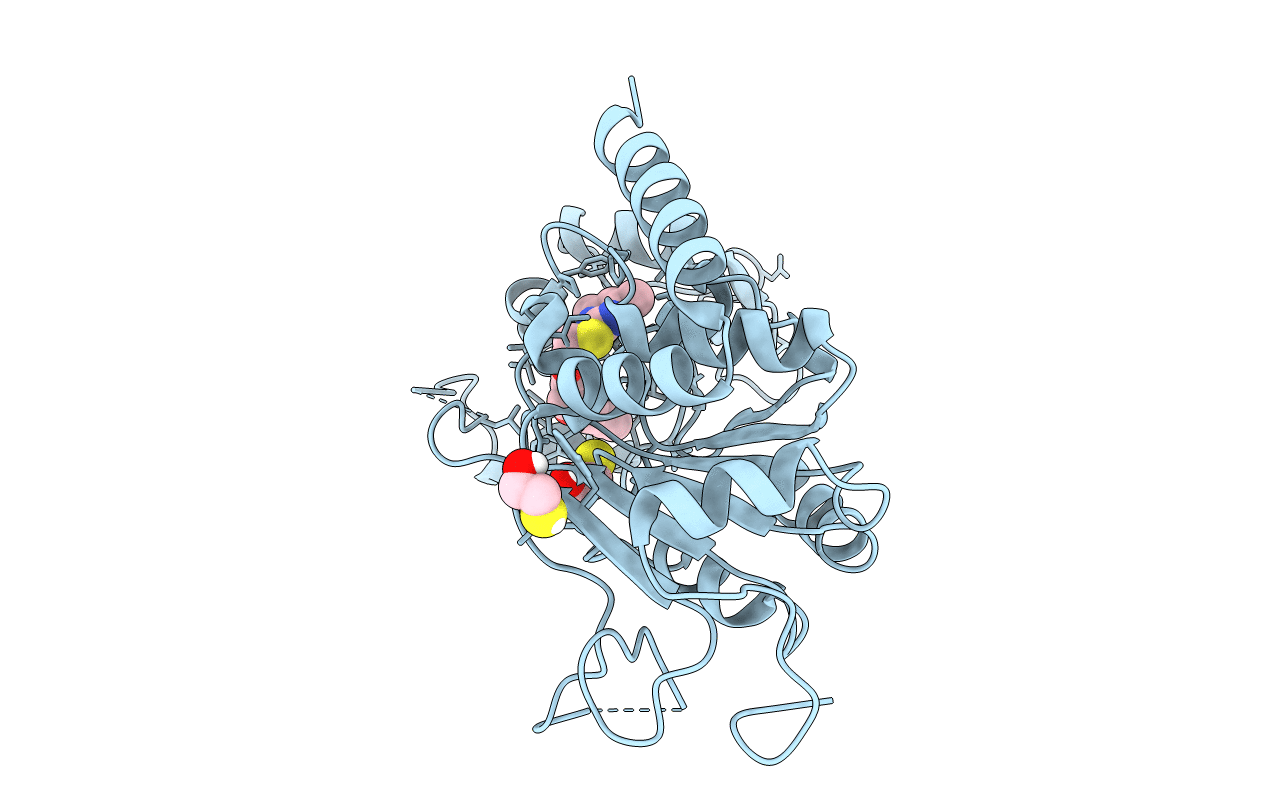
Deposition Date
2017-11-07
Release Date
2018-10-17
Last Version Date
2023-11-22
Entry Detail
PDB ID:
5YQL
Keywords:
Title:
Crystal structure of Sirt2 in complex with selective inhibitor A2I
Biological Source:
Source Organism:
Homo sapiens (Taxon ID: 9606)
Host Organism:
Method Details:
Experimental Method:
Resolution:
1.60 Å
R-Value Free:
0.18
R-Value Work:
0.15
R-Value Observed:
0.15
Space Group:
P 1 21 1


